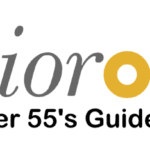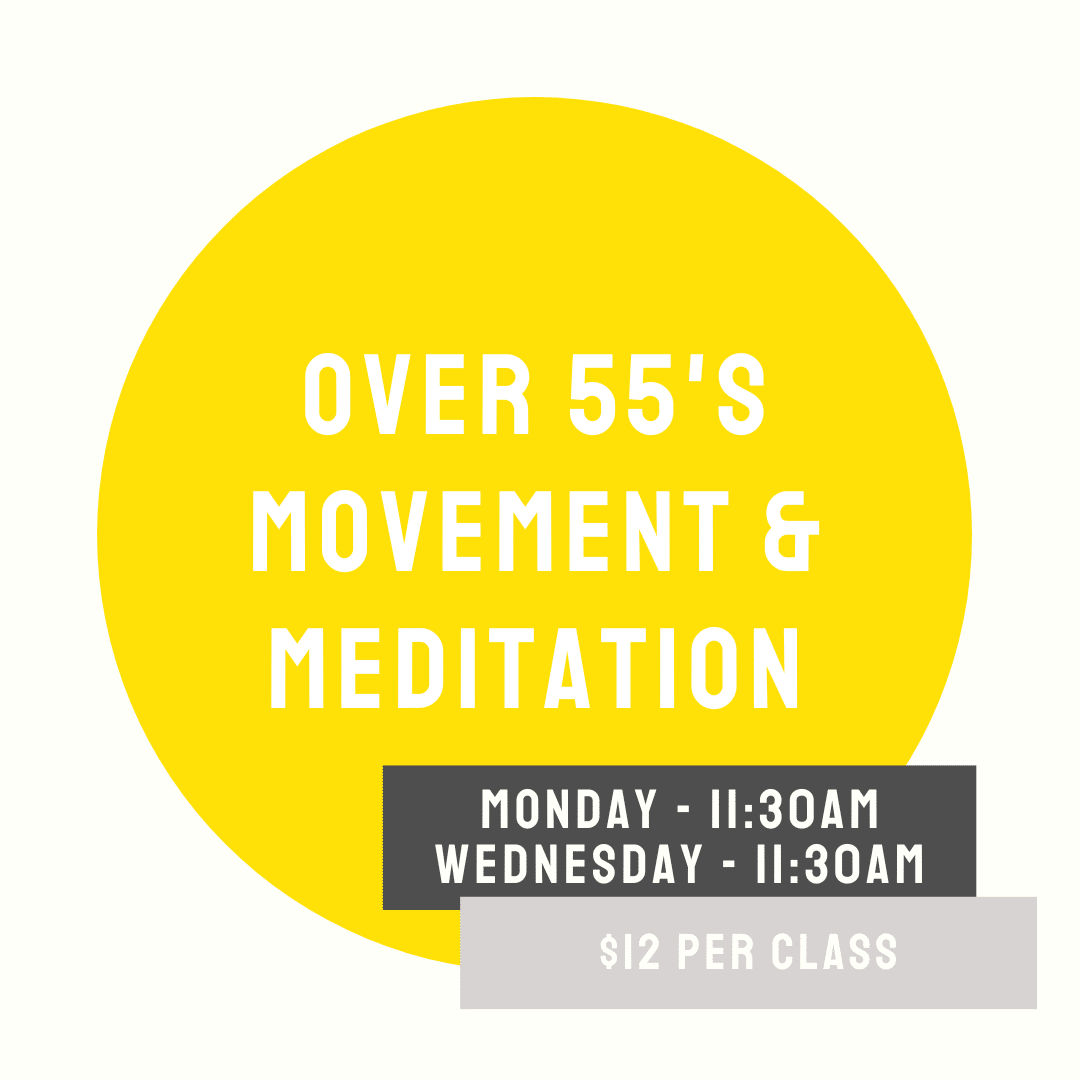Did you know spectacles are thought to have been invented in either Florence or Pisa as long ago as 1290?
Since that time, the field of eye care has maintained a leading position in the realms of medical innovation. To the point that even today, new technologies and equipment are being developed on a regular basis.
These innovations have revolutionised the way optometrists diagnose and treat eye conditions and, in the process, are saving millions of people around the world from ocular ailments that might otherwise cause them a significant amount of grief.
But if you do not work in the industry, and it has been a while since your last eye appointment, you might not be aware of what they are.
So, in this post, we thought we’d outline how technology has changed the way eyes get tested now.
Prepare to be blown away!
- Digital Eye Scans
Probably one of the most significant advancements in the field of eye care is the introduction of digital retinal imaging.
These types of advanced scans allow optometrists to capture detailed images of all parts of your eye, including the inside of it and, in particular, the retina.
However, unlike traditional eye tests that rely heavily on manual checks, digital eye scans are proving much more successful at detecting the presence of diseases such as glaucoma, macular degeneration, and diabetic retinopathy much earlier than before.
Indeed, the high-resolution images they produce can even help eye doctors identify problems before symptoms even arise and the great thing about them is that they are quick, non-invasive and only take a few seconds to generate.
- AI-Powered Eye Tests
Artificial intelligence (AI) is a buzzword you have probably heard banded about, possibly even negatively, in relation to generating text, images or music. However, in the field of medicine, it has performed pioneer work in diagnosing conditions.
For instance, AI algorithms have the ability to analyse retinal images and published research about the eyes to detect any anomalies with incredible precision.
This ability helps optometrists to make faster, more objective and accurate diagnoses, particularly in remote parts of the world. It also produces more consistent results across geographical boundaries.
- Tele-optometry
During the COVID-19 pandemic, telemedicine gained momentum in various fields of the healthcare industry, one of which was optometry.
As eye specialists adapted to lockdown rules, many people, particularly those living in remote or rural areas, turned to tele-optometry as a way to get a basic eye test or consultation when they couldn’t physically visit an optician.
With the help of a smartphone or computer, patients were able to partake in web calls, where they were given a series of vision tests online, which provided a preliminary baseline for eye care professionals to work with.
No one is suggesting that tele-optometry is a full replacement for in-person visits. But it does offer an excellent alternative for routine checkups for those who would otherwise have to travel long distances for an appointment.
- Virtual Reality (VR) Eye Tests
If you thought virtual reality (VR) was just for gaming, you would be wrong because it is now being used in eye tests as well.
This test provides people with a more immersive experience in the way their eyes are examined by assessing their peripheral vision, visual field and depth perception.
The way it works is that you put on a lightweight, portable goggle-like device that features a handpiece fitted with Bluetooth-connected, which controls functions on a screen that you have to perform in 3D.
While relatively new, VR tests are developing a good reputation for diagnosing conditions, that might require laser surgery that traditional evaluations might miss.
- Virtual Try-Ons
Have you ever seen a pair of glasses that you think looks really cool but are not quite sure how they will look on you?
Well, thanks to virtual try-on technology, you can now see exactly what you will look like.
This innovation allows you to upload a photo of yourself to a website or app and then choose a particular frame to assign to it. The technology will subsequently update your photograph to see what you would look like if you were wearing the spectacles.
That way, for example, you can quickly see what you would look like in a pair of 1001 Optometry Oroton glasses frames.
Best of all, you can even screenshot the image and send it to your friends or loved ones for a second opinion, which should make the process of choosing a pair much easier.
- Smart Contact Lenses
Perhaps one of the coolest and most futuristic developments the eye care industry has seen in recent years is smart contact lenses.
These lenses are embedded with sensors that monitor your eye’s health in real-time. Therefore, they can perform mind-blowing tasks like tracking glucose levels in tears to help people with diabetes monitor their blood sugar.
Additionally, smart lens technology is being enhanced in the hope that one day, it can even be used to measure intraocular pressure, which would provide constant feedback for those looking after patients with glaucoma.
- How Interstate Removals Save You Time and Stress - December 9, 2024
- How Long Should Dental Implants Last? A Guide for Seniors - November 24, 2024
- How to Protect Your Home Against Dangerous Accidents - November 6, 2024
- How Technology Is Changing the Way We Test Our Eyes - October 23, 2024
- Enhancing Senior Well-Being Through Occupational Therapy - October 14, 2024
- Restaurants Open on Christmas Day in Perth - September 30, 2024
- Understanding the Different Levels of Care in Aged Care Facilities - August 19, 2024
- Understanding Car Differential Rebuilds - August 15, 2024
- 6 Ways Seniors Can Improve their Diet - July 18, 2024
- The Importance Of Home Care For Senior Well-Being - July 5, 2024











